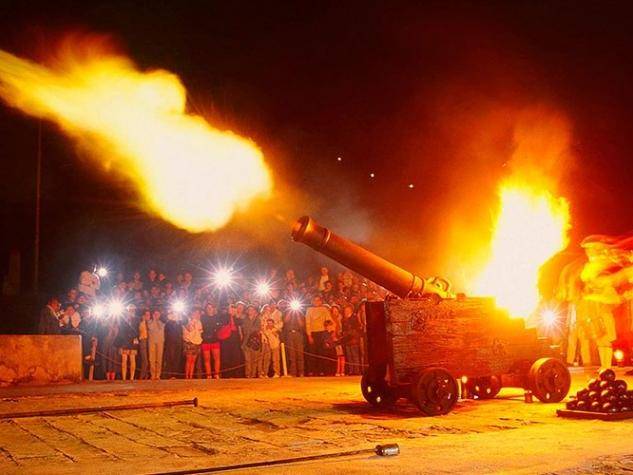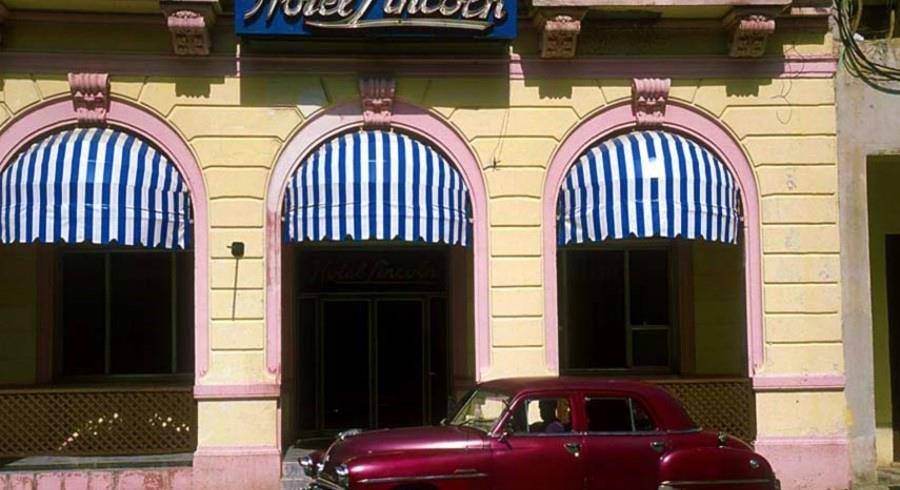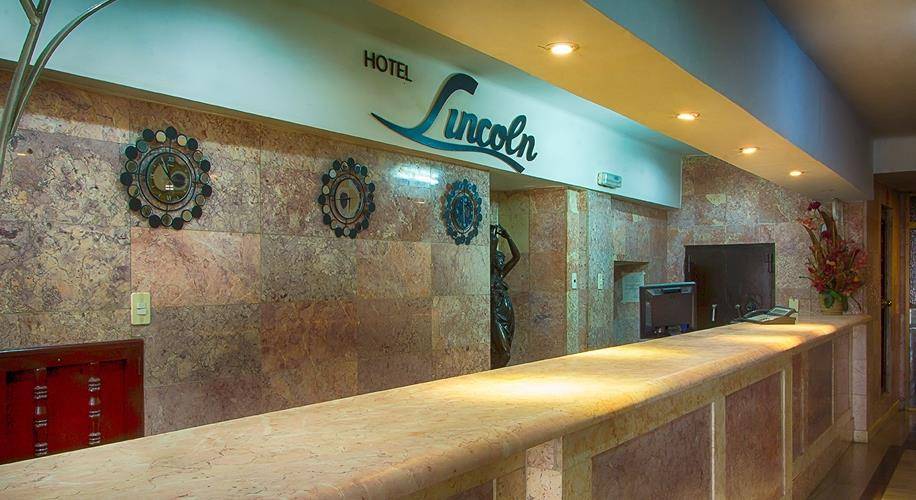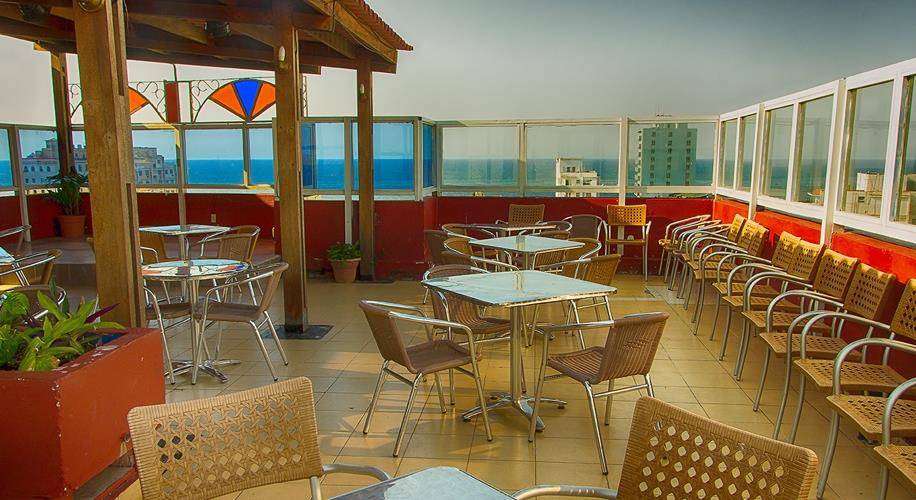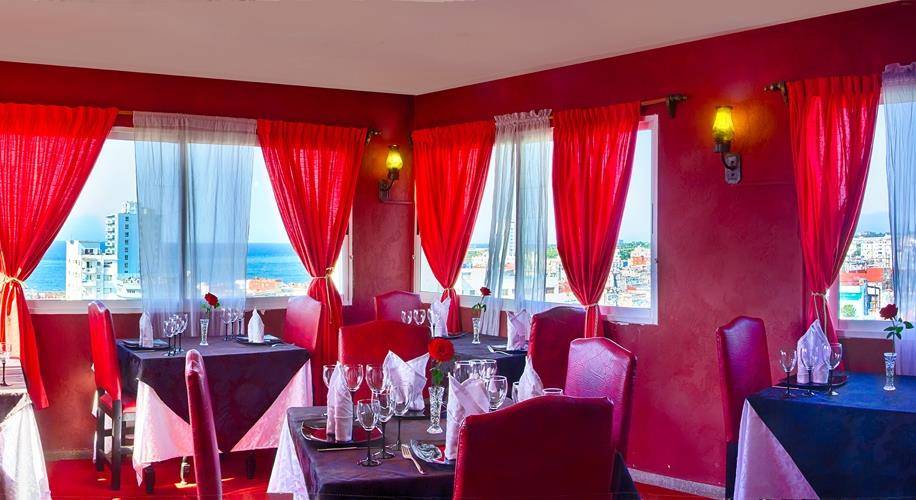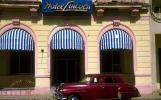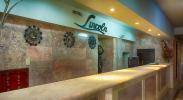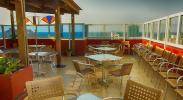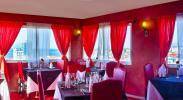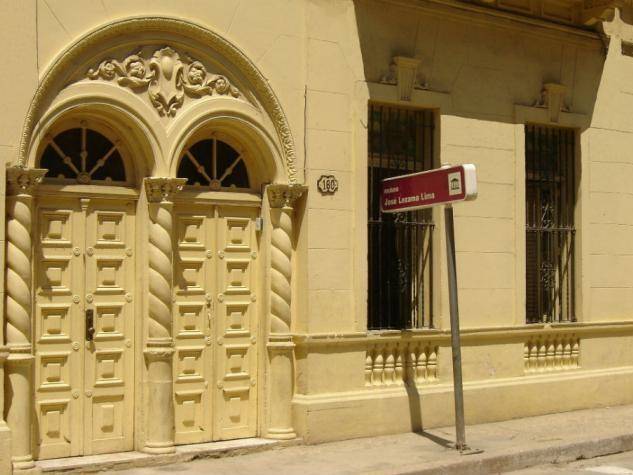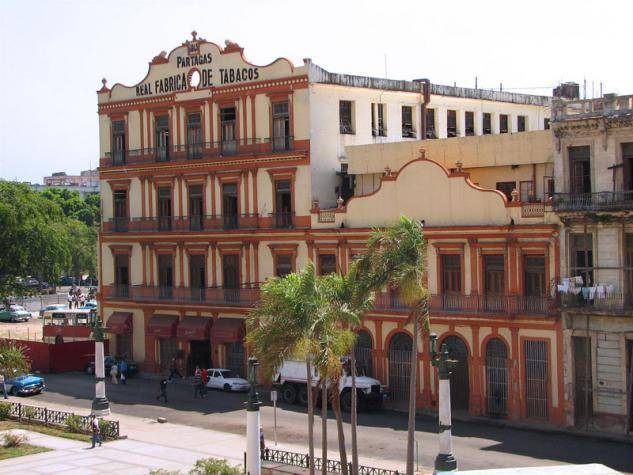About
Lincoln
The Lincoln is very well situated for access to Old Havana, Central Havana, Chinatown and Vedado. It is just across the road from one of Havana’s best Art Deco buildings, the Teatro America and from the Casa de la Musica, where those in the know go to dance. The Malecon, Havana’s Ocean Drive, is a short walk away.
When Galiano Street (Avenida de Italia) was a grand shopping street the Lincoln’s restaurant was full of ladies in smart little Chanel suits and stilettoes exchanging scandalous gossip. "The newly restored restaurant is serving the some of best value food in Havana. Good quality at a very low price." said Folke West in a recent interview. The lobby has elegant marble floors and gilt mirrors, but rather too many statues of corpulent cupids for aesthetic comfort. The chandeliers haven’t been washed since the Revolution. They contrast strongly with the chichi charm of the shiny pink marble check-in desk.
One of the quirks of Havana’s history took place at the Hotel Lincoln. On Sunday 23rd February 1958 Juan Manuel Fangio, five times world champion racing driver, was kidnapped in the lobby by a member of Fidel Castro’s 26th July Movement. Fangio was chatting to Stirling Moss, his mechanics and his manager when he was taken at pistol-point out of the hotel and bundled into a waiting car.
This kidnapping of the world’s most famous racing driver made front-page news in Paris, London, New York, Rome, Mexico City and Buenos Aires. The idea was to avoid Fangio’s competing in a race designed to improve the Batista government’s rapidly worsening public image. Fangio was released without harm once the race was over.
There is little risk of being kidnapped these days and whilst the Lincoln is not Havana’s smartest hotel, it has a certain idiosyncratic charm.
Although now a bit dated, Hotel Lincoln represents an affordable and perfectly-placed hotel for exploring the city.
